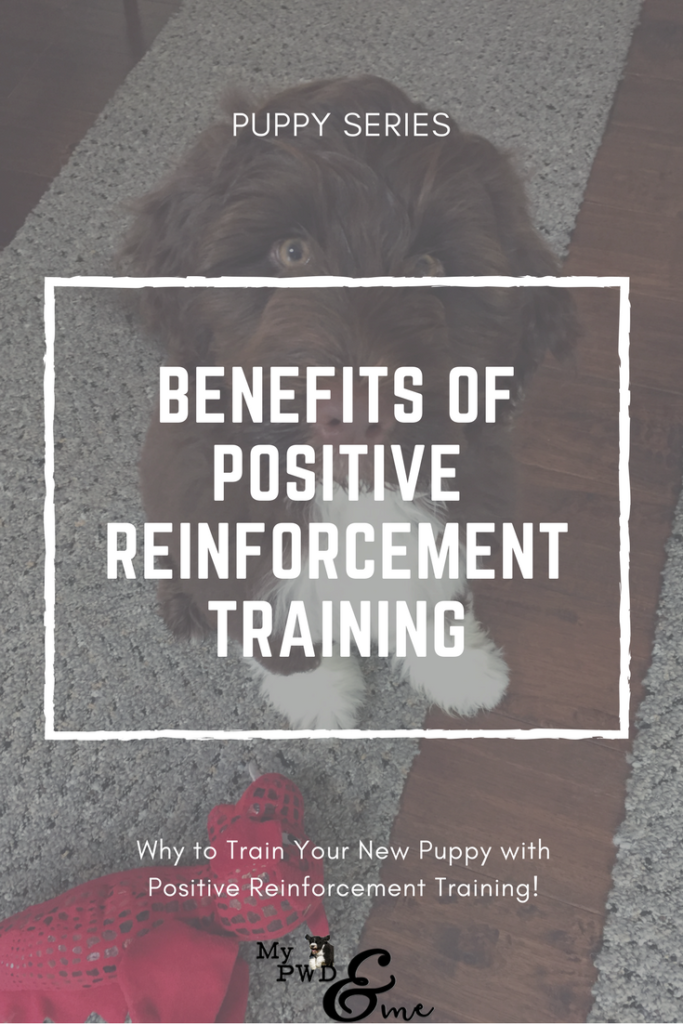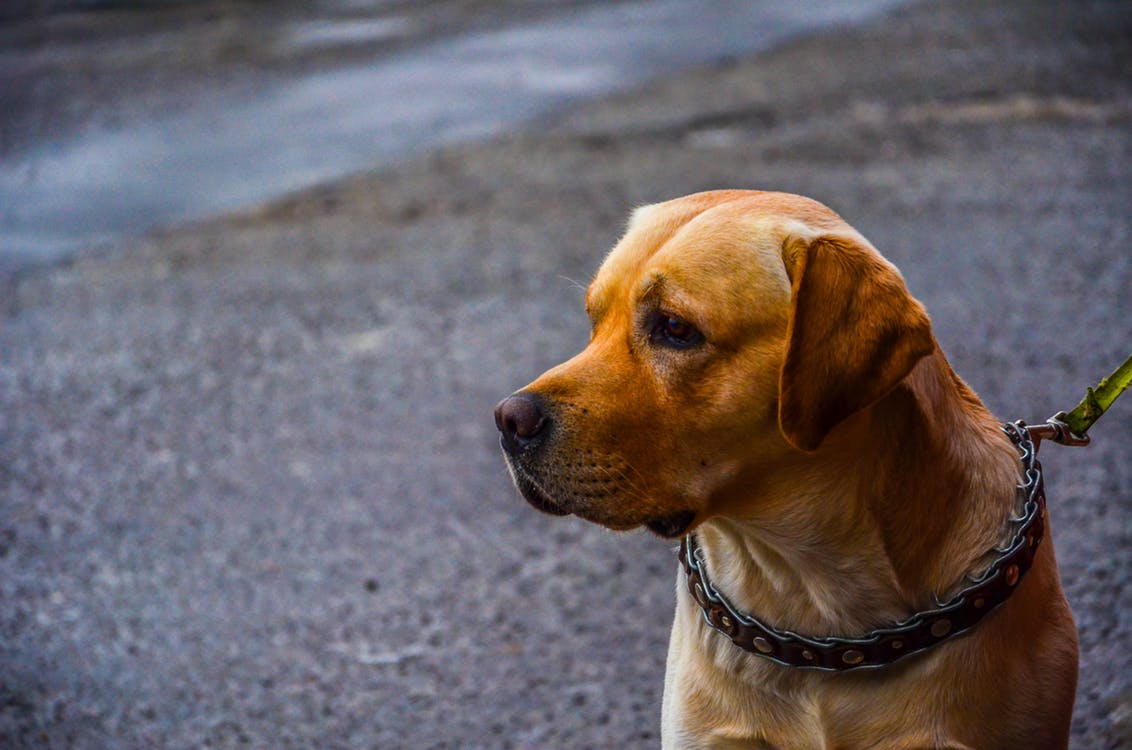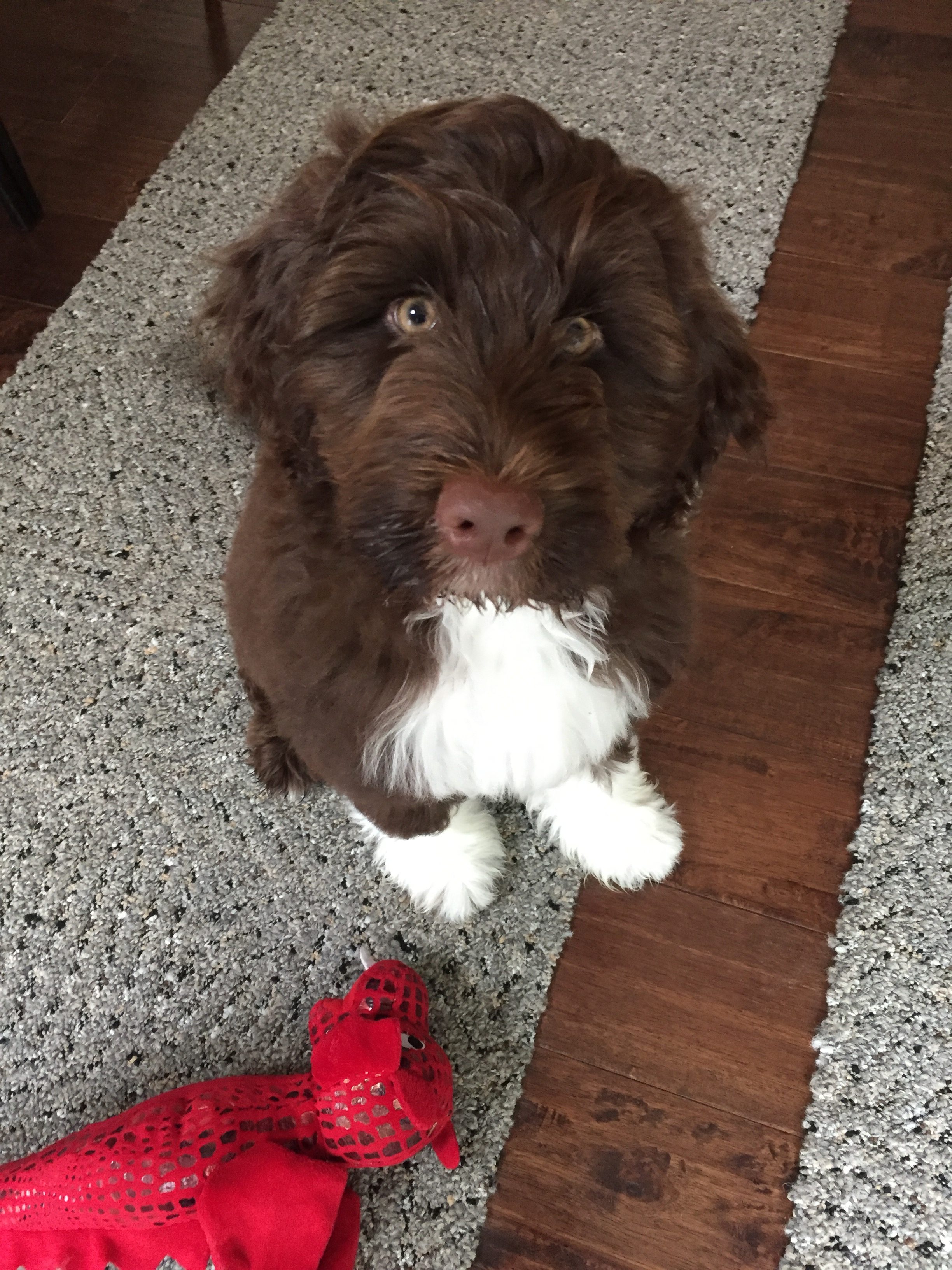
There are so many ways out there to train your puppy how do you know what is right? In the last 20 years there have been many studies done on training dogs. From my experience and research Positive Reinforcement Training yields the best results.
Training your dog will make both of you happier and create a strong bond. This is important in order for you to have a family member that you want to live with. Many behavioral problems are related to the lack of basic training. The lack of training is also one of the key reason dogs are returned to breeder or relinquished to shelters.
Learning Positive Reinforcement Training
There are many ways you can go about learning positive reinforcement training, one of the more popular methods is “Clicker Training.” The theory behind this is pretty simple. You give the dog a marker (the click, or a specific sound/word) and then quickly reward the action with a treat or favorite toy. The great thing with positive reinforcement training, and clicker training in particular, is that anybody can use it and it is safe for you and your dog.
You can get a great puppy starter set for Clicker Training to help you get going!

When you are using positive reinforcement training you start with an “event marker.” This is the exact moment that your puppy shows the behavior you are looking for. You can use words like “yep” or you can use a clicker or even a flashlight to mark the behavior you are looking for. And then you reward.
Your dog learns what the clicker means when he gets the reward, whether that is food or a toy or even praise. Whatever you use it needs to be high enough value that your dog will want to continue to work for you.
How does positive reinforcement training differ from other training methods?
Other training methods rely on force or fear or even the absence of praise.
Punishment based training can destroy the trust between you and your dog. Tools of this type of training are prong, choke, and shock collars. Your dog will learn how to AVOID getting poked, choked, or shocked and may become aggressive or shy.

When using dominance or punishment based training methods your dog will likely resent or avoid interaction with you. They will act out potentially in aggressive or other negative ways.
Punishment training does not teach the correct behavior and it does not allow the dog to learn. When you use punishment or dominance methods you need to be strong enough, old enough, and young enough in order to enforce them.
Positive reinforcement training praises the dog and rewards them for choosing to do behaviors. They want to work for you and want to be with you. Your relationship will be stronger.
Using positive reinforcement, you can shape any behavior you want. Your child can give your dog cues and your dog will respond. Positive reinforcement can help eliminate unwanted behaviors.
And yes, you are constantly rewarding your dog until they fully master the behavior. Then, and only then, you can lower the value of the reward.
Why should you use positive reinforcement training?
Positive reinforcement training allows the dog to intentionally offer you a behavior and receive a reward. Over time your dog becomes conditioned to perform the behavior and offers it without thinking.
It’s kind of like Pavlov’s dogs. They were conditioned that when Pavlov would ring a bell they would get fed. After awhile the dogs began to drool when they heard the bell. It wasn’t their choice to drool, it just happened. This is how you want your dog to be. When you say “Stay” or “Come” you want their first response to be to follow your cue.
When training your dog with positive reinforcement techniques your dog is able to relax and learn because nothing bad is going to happen.
How does positive reinforcement training work?
You begin by training the dog to understand your marker word or what the clicker is. You can learn more about the mechanics of positive reinforcement training in this article.
Once they comprehend the event marker you can move to shaping behaviors. As they are learning something new you will be marking when they appear to be moving into position. Once they know the game you can make the criteria hard for them to get the marker and treat.
Until the dog fully understands the behavior do not add a cue word to the mix, they don’t know what it means and it will lose its importance.

Complex behaviors are broken down in to simple tasks that are then connected together.
The process seems slow but you are developing a relationship. You are building trust with your dog so they will offer the behaviors on cue consistently.
As frustrating as it may be try to refrain from negative corrections. They don’t know any better and they want to please you. Work on redirecting them instead.
Keep following us on social media and subscribe to our blog to get the latest in the puppy series!
Disclosure: Please note that some of the links above are affiliate links. In fact, just go ahead and assume that anywhere you see a link, that it’s an affiliate link. There is no additional cost if you decide to make a purchase; We will simply earn a small commission. We will never refer a product or service that we don’t use or have experience with. But don’t take our word for it – do your own research on any products or services to be sure they’ll be a fit for you. If you have questions on any of these, please ask!